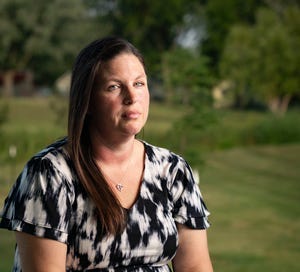Shortage of youth mental health services in Iowa reaches crisis; families are in despair
Re-sharing a critical article (and not much has changed since it was published)
September is National Suicide Prevention Month, and for the next several weeks I’ll be sharing published articles and my original columns both.
First, I’m revisiting reporter Lee Rood’s Reader’s Watchdog Column from September 6, 2023 on the youth mental health crisis in our state. Sadly, one year later not much has changed in our state to help Iowa fami…
Keep reading with a 7-day free trial
Subscribe to Minding the Gaps to keep reading this post and get 7 days of free access to the full post archives.



